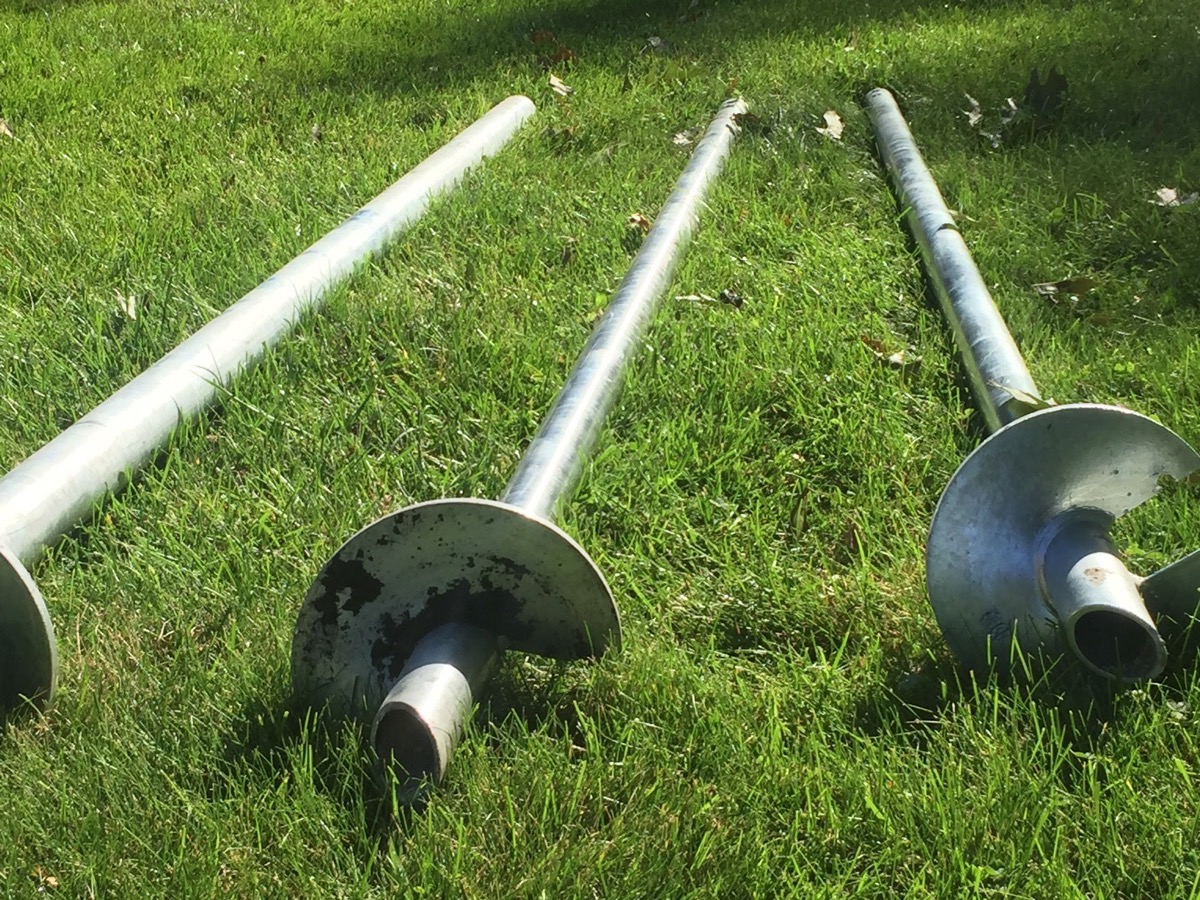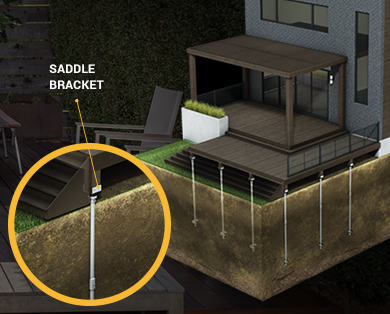 |
tim@edeck.net 651-344-1849 |
Plans > Footings, Piles, Piers & Blocks HELICAL PILES
|
|||||||
CONCRETE The
ground freezes up to a depth of 42 inches in the Twin Cities
area. Therefore your footings must be at least that deep
or ice will form under them and cause frost heave. By Belling out the bottom of the hole and using
the tube to form a smooth sidewall, ice is unable to form the
leverage necessary to grip and move the footing. Once the footing is hardened, metal connections join the wood to the concrete in a manner that will not sway, stray, or wick up water into the wood.
|
|||||||
Requirements for future 3-season porches or screen porches:
|
 |
||||||
|
|
|||||||
DECK BLOCKS Decks that are not attached to the house AND are less than 30" off the ground can be built free standing on deck blocks. This can save a lot of money. The utilities will have been marked prior to digging whether you think there are any back there or not. This is a state law. I will take care of making it happen, and you will have little temporary lines painted on your lawn.
|
|||||||








